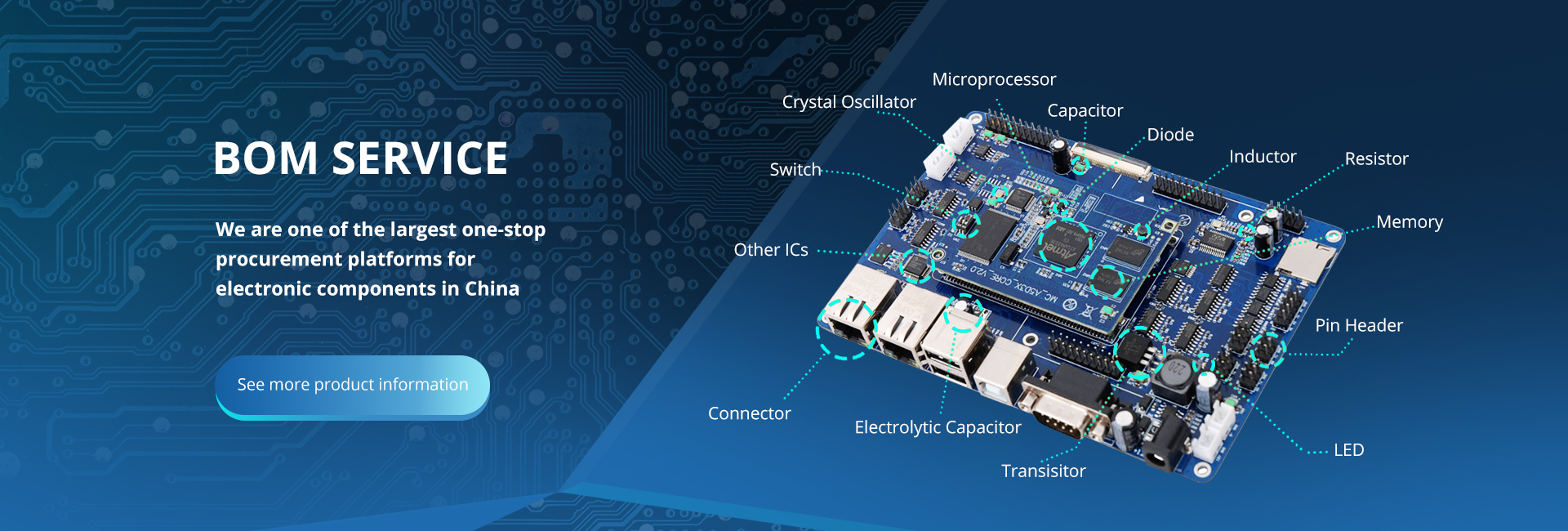In today's digital age, semiconductor chips play a crucial role in powering the devices and technologies that have become integral to our daily lives. From smartphones and laptops to advanced medical equipment and automotive systems, semiconductor chips are the building blocks of modern technology. As the demand for faster, more efficient, and higher output semiconductor chips continues to grow, the industry is constantly evolving to meet these needs.

One of the key areas of focus in the semiconductor industry is increasing the output and efficiency of these chips. With the rapid advancement of technology, there is a constant push for semiconductor chips to become smaller, faster, and more powerful. This has led to significant innovations in chip design, manufacturing processes, and materials, all aimed at improving the output and efficiency of semiconductor chips.
One of the most notable advancements in semiconductor chip technology is the development of smaller and more densely packed transistors. As the number of transistors on a chip increases, so does its processing power and overall output. This has led to the creation of high-performance chips that are capable of handling complex tasks with ease, from running advanced artificial intelligence algorithms to powering immersive virtual reality experiences.
In addition to increasing the number of transistors, semiconductor manufacturers are also focused on improving the efficiency of these chips. This includes reducing power consumption, minimizing heat generation, and optimizing the overall performance of the chip. By utilizing advanced materials and innovative design techniques, semiconductor companies are able to create chips that deliver higher output while consuming less energy, making them more environmentally friendly and cost-effective.
Another area of significant progress in semiconductor chip technology is the development of advanced packaging solutions. Traditionally, semiconductor chips were housed in standard packages, but as the demand for higher output and efficiency grew, so did the need for more advanced packaging technologies. This has led to the development of 3D packaging, wafer-level packaging, and other innovative solutions that allow for higher levels of integration, improved thermal performance, and overall enhanced chip efficiency.
Furthermore, the integration of advanced manufacturing processes, such as extreme ultraviolet lithography (EUV), has enabled semiconductor manufacturers to produce chips with smaller feature sizes and higher transistor densities. This has paved the way for the creation of next-generation chips that offer unprecedented levels of output and efficiency, driving innovation across a wide range of industries.
The future of semiconductor chips is incredibly promising, with ongoing research and development efforts focused on pushing the boundaries of what is possible. From the development of new materials and manufacturing techniques to the integration of advanced packaging solutions, the semiconductor industry is committed to delivering chips that offer unparalleled levels of output and efficiency.
As the demand for faster, more powerful, and energy-efficient semiconductor chips continues to grow, the industry is poised to meet these challenges head-on. With ongoing advancements in chip design, manufacturing processes, and packaging technologies, the future of semiconductor chips is bright, promising a new era of innovation and technological advancement. The relentless pursuit of higher output and efficiency in semiconductor chips will undoubtedly continue to drive progress and shape the future of technology for years to come.








